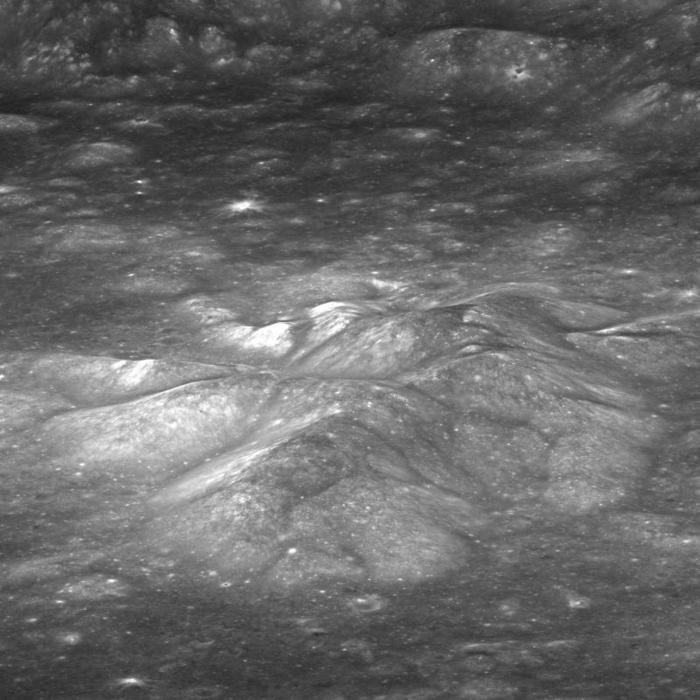Scientists found the lunar impact crater Bullialdus has significantly more hydroxyl -- a molecule consisting of one oxygen atom and one hydrogen atom -- compared to its surroundings, suggesting moon surface water came from within moon's interior. Credit: NASA/GSFC/Arizona State University
BALTIMORE, Aug. 27 (UPI) -- U.S. scientists say they've detected water on the surface of the moon that originated deep in its interior, suggesting the interior is not as dry as thought.
The discovery adds to the rapidly changing understanding of lunar water, study lead author Rachel Klima, a planetary geologist at the Johns Hopkins University Applied Physics Laboratory in Laurel, Md., said.
"For many years, researchers believed that the rocks from the moon were 'bone dry,' and that any water detected in the Apollo samples had to be contamination from Earth," Klima, who is also a researcher with the NASA Lunar Science Institute, said.
New techniques, she said, allowed scientists to determine an interior source for water detected on the moon's surface.
"About five years ago, new laboratory techniques used to investigate lunar samples revealed that the interior of the moon is not as dry as we previously thought," she said.
Knowledge of the moon's interior water can provide information about its volcanic processes and internal composition, the researchers said.
"Such studies can help us understand how the surficial water originated and where it might exist in the lunar mantle," study co-author Justin Hagerty of the U.S. Geological Survey said.
The detection of internal water means scientists can begin to test some of the findings from sample studies in a broader context, including in regions far from where the Apollo sites are clustered on the near side of the moon, researchers said.















